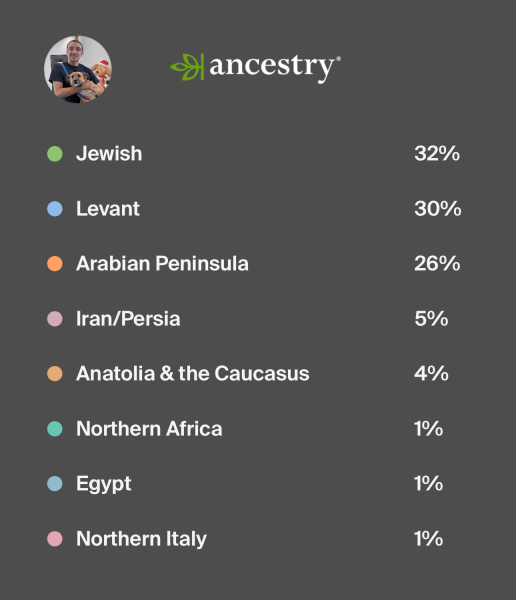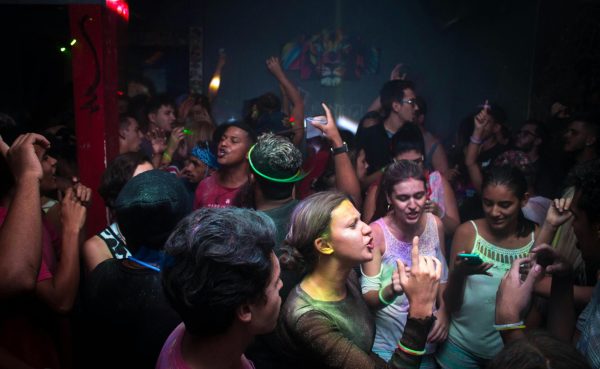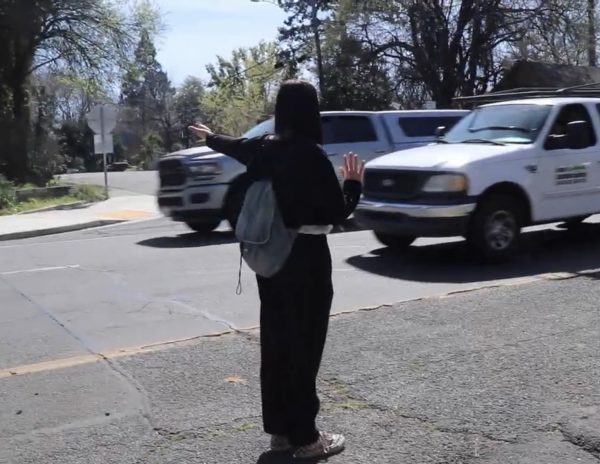Narcocorridos: Glorifying drug lords or telling truths?
Latin artists are taking the music industry by storm and the momentum doesn’t seem to be slowing down. Reggaeton has always been the reigning champ of the Spanish music genre. Yet there is another genre of music that’s breaking records.
Corridos are becoming more popular than ever and record labels are taking notes.
Corridos are traditional Mexican-narrative songs that tell a tale through poetry. This genre has evolved over the past 200 years, and the heartfelt storytelling has captured individuals around the world. The lyrics can seem so raw that corridos were banned in the state of Chihuahua, Mexico. Due to the storytelling of criminals, vaquero lifestyle and sensitive political topics told on the songs, the music can often be looked down upon.
Corridos have been around for centuries, however there is another genre that has recently stemmed from it called “narcocorridos,” which involves the tales of specific narco-gangs and individuals: glorifying the drug traffickers.
In the 1970s a band named “El Tigre Del Norte,” released a fictional song about drug trafficking. It became successful, but controversial. Listeners were in awe of the boldness of the lyrics, but were still hungry for more. Their songs inspired other artist to do the same. This gavebirth to the genre of “narcocorrido.”
Shortly after El Tigre Del Norte became successful across the country, Mexico banned the entire genre of “narcocorrido.”
The songs speak about the violence that occurs in Mexico, along with topics of drugs and reigning territory.
Listeners wouldn’t be able to spot the difference from other songs. Just as any other genre, drugs and violence is a common theme in music. The issue with “narcocorridos” is that there is an audience who enjoys it and another audience that despises it.
“Pacas de a Kilo” by Los Tigres del Norte talks about being praised as a drug trafficker and being respected.
“Mis Tres Animales” by Los Tucanes de Tijuana talks about drug smuggling into the U.S. and how well they sell in America.
“Marisco” by Beto Quintanilla was written for Juan Garcia Abrego, a notorious drug dealer. Abrego ran a drug cartel throughout Mexico and the United States and was caught by the FBI in 1996.
The music is a form of cultural expression; it mirrors the violence Mexico suffered in the past decade. It ignited after the war on drugs initiated by President Felipe Calderin in 2006. The country reached an increased number of violent deaths.
More than 150,000 have died in Mexico’s drug war since 2007.
Narcocorridos are more popular and radical than ever despite multiple attempts to ban this music in various Mexican states. With growing audiences both in Mexico and in the USA.
The entertainment industry produces films and series such as Narcos: Mexico, El Chapo, and Escobar, glorifying a dangerous lifestyle, contributing to the popularity of narco culture. The industry has cashed in a popular musical niche with more extreme and explicit violence.
The genre doesn’t seem to be going anywhere any time soon. Young Hispanic artists are paying tribute to narcocorridos and have been deemed as the “the new generation.” Converting a rare genre of music into a mainstream topic.
Peso Pluma is another young artist making headlines and breaking records. His new song “Ella Baila Sola” launched him in the top 50 global songs and the first Mexican artist to have a song on the number one Spotify charts. He dethroned Bad Bunny, one of the most listened to artists in the world.
He took corridos mainstream and introduced the music to a whole new audience.
Some people think the genre is romanticizing the lives of drug lords. The cover artwork often includes men holding AK-47s, boots made of alligator skin and cowboy shirts with their chest shown. Machismo-style to intimidate the drug lords they sing about.
The fascination for these songs and lifestyle can be rooted in wanting to see the underdog win. In this instance, the cartels of Sinaloa, the familia and the Zeta’s were seen as the underdogs. People rooted for the drug-traffickers, but now those cartels are more powerful than the police and army combined.
Mexican artists tell the truth and sing what they live through. Even if that means singing about the cartels they are surrounded by, the deaths they have witnessed and the drugs that flood their cities.
Corridos can influence a young generation to live a certain lifestyle or it can be seen as individuals simply telling the history of their lives. Artists create work based upon their own lived experiences by providing a window into their lives, sharing their personal struggles, triumphs and insights through their music.
Others believe that it reflects the realities of life in certain parts of Mexico and provides a form of cultural expression for those living in these communities.
Daisy Beltran can be reached at [email protected].


















